Last updated: April 7, 2025
Article
Podcast 071: Disaster Planning with Susan Duhl
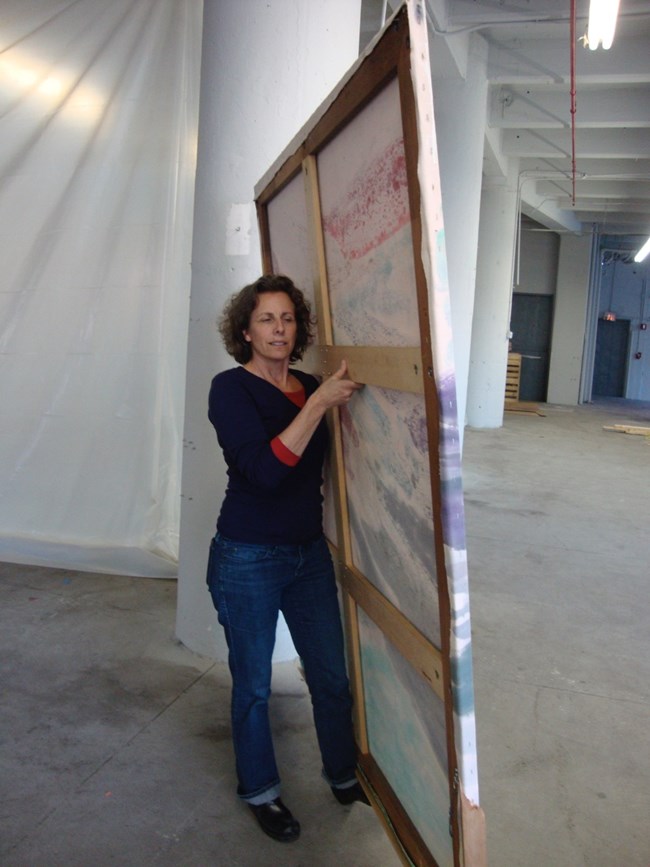
Susan Duhl
Preparedness Mitigates Disasters
Jason Church: Susan, we’re here today to talk about disaster response. I know you do an immense amount of work with disaster response up and down the East coast. Tell us a little bit about, why is it important for anyone, an institution, a home owner, a museum, a library, to have something in place for disaster preparedness?
Susan Duhl: I am a conservator in private practice and I am a collections consultant, so my job is split into two. I still do studio work on paper based material, but most of my time is spent consulting with small to mid sized institutions, private and corporate clients on collections maintenance and disaster prevention.
I think I’ve found over the years the most important thing is that simple preparedness steps will save you from major disaster. Having supplies on hand, reviewing and assessing your current conditions whether it’s the condition of your building, your geography or your weather are very simple things to help you predict what might come your way and you can supply yourself including training, so that you know how to respond.
Jason Church: Give us an example, what kind of training would an institution need?
Susan Duhl: I think there’s a lot of excellent training opportunities available. Any training is better than no training at all and there are a number of resources both online and classes that you can take. Basic classes are taught through Red Cross and FEMA and local, regional, and state agencies and more specific classes on cultural collection recovery are taught through connecting to collections care, which is part of heritage preservation and the American Institute for Conservation.
Susan Duhl: Professional disaster responders are trained often on their own now. I think there’s 175 AIC CERT responders that were trained though the Institute of Museum and Library Service and most of those people have gone on to continue training the community.
Jason Church: You mentioned AIC CERT,[author’s note: the name was recently changed to National Heritage Responders (NHR)] tell us a little bit about that? What is that?
Susan Duhl: Sure. The American Institute for Conservation has a group called the collections emergency response team and it’s a group of trained conservators and museum colleagues, registrars, curators and art handlers who went through intensive training programs specifically to address disaster salvage and recovery for cultural institutions. It’s an all volunteer service, they respond 24 hours a day, 7 days a week to phone requests for information and support and in the case of disaster, the responders will go to the site and help with the physical recovery of collections.
Jason Church: You yourself, you’ve responded to quite a few of those, correct?
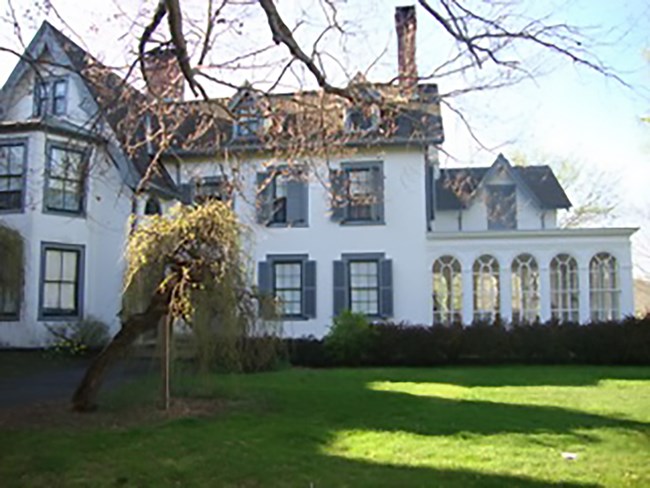
Susan Duhl
Susan Duhl: Yes, I am a cert responder now. My first response was Hurricane Katrina, I was there a week after Katrina struck. I was along the Mississippi coast and the thing that became very clear was that we didn’t have any training. Since that time, I have trained myself, then I was fortunate to be part of the cert training and for AIC CERT, I’ve gone out on several volunteer responses for hurricanes and furnace puff backs, which are mechanical failures with furnaces. In my private practice, I also do fires and floods of all sizes. Could be as small as a pipe leak or again as large as a weather event.
Museum & Furnace Soot
Jason Church: Now, of course, we all know about Hurricane Katrina, and Rita, and Sandy and mentally we think about those as being the epicenter for disaster response. These huge natural disasters, but that’s not always the case and you mentioned the furnace puff back? Tell us about that.
Susan Duhl: Sure, well first let me say, I probably respond to small disasters more often of course than large weather events. Home mechanical failure is very common and museums and libraries often have mechanical failure. Something as simple as small leaking pipe or a full mechanical failure like a furnace breakdown are very common. I worked on two furnace puff backs and briefly the fuel is not fully combusted in the furnace and creates a sooty deposit which is blasted through air handling systems leaving a deposit of soot throughout the building.
Jason Church: You had a particular case where you worked on one of those recently, correct?
Susan Duhl: Right, well funny, I worked on two within the same year, both responding initially as an AIC CERT responder, but the big project I worked on was Ringwood Manor in Ringwood, New Jersey, and that is a state owned property. It’s a very interesting building made from 4 or perhaps 5 buildings that were built on consecutively and it had 4 furnaces. One of the furnaces malfunctioned and blew soot through 54 rooms.
Jason Church: Wow, what sort of collections were in those 54 rooms?
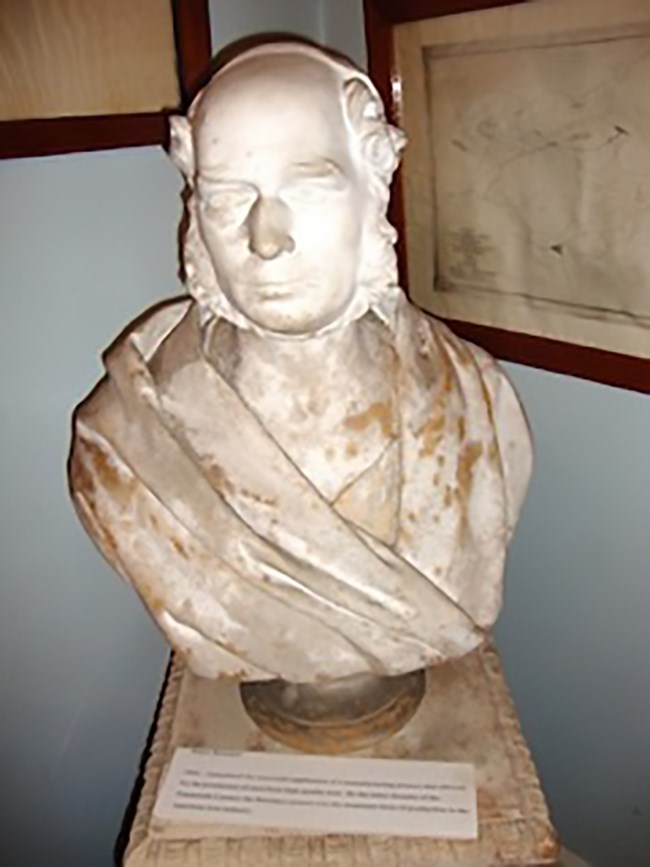
Susan Duhl
Susan Duhl: Ringwood Manor is an especially interesting collection of decorative objects. The home was owned by the Cooper Hewitt family, which are famous for the Cooper Hewitt museum in New York City.
Susan Duhl: This was their summer home and it was filled with art and antiques and decorative arts from around the world two of the daughters or sister collected over the years. There was just about everything you would find in a home including firearms, taxidermy, furnishings, textiles, clothing and wallpaper.
Jason Church: If you have a large institution like the one you are speaking of and you have such an immense collection, you’ve got ceramics and you’ve got taxidermy, it’s going to require different training to know how to deal with each of those different materials.
Preparedness Mitigated Impact
Susan Duhl: Right, that’s probably true, however, disaster prevention is pretty systematic and I think this institution was very successful in their response because they were prepared in advanced. Not necessarily for a furnace puff back, but they were sensitized to disaster response and knew the first basic steps to take to facilitate recovery.
Jason Church: So, because they had prior training in sort of prepared for the disaster, things went better than they could have?
Susan Duhl: I think so. It was still a very large project, but the curator was very diligent and aware. She made initial phone calls to get the support she needed from her state of New Jersey, and from the conservators, and her insurance adjuster, which insurance companies are a big part of disaster response.
Susan Duhl: She was able to start the project very rapidly and called in the right expertise, which I think is imperative and AIC CERT generously donated my time and another colleague and we were able to help them identify priority steps to take. Within a few months, we wrote and request for quote for the state and it went out to bid and work started within a year.
Remove Soot
Jason Church: Tell us a little bit about what it takes to remove soot from this collection?

Susan Duhl
Susan Duhl: First, I think it starts with really good strategic planning. Soot is a very invasive and damaging material. It’s very bad, regardless of whether it’s a furnace puff back or a fire, the soot will leave a greasy residue that can cause long term permanent damage and it’s very important to systematically clean a house where you’re not causing additional damage. In every salvage operation, it’s possible that you can cause more damage by not being thoughtful.
Susan Duhl: In fire recovery, figuring out the pattern that you clean the house is very important. You don’t want to track soot though the house and you don’t want to push soot into surfaces as you walk on them or touch them.
Susan Duhl: They started work from the top down cleaning room by room from the ceiling down. Once things were cleaned, they were boxed and temporarily moved into storage area. Rooms were sealed and they continued down until they finally finished going out the front door.
Susan Duhl: This project was very interesting. Initially, the insurance adjuster had thought individual items would be sent to specialist conservators.
Susan Duhl: Instead we were able to locate a number of conservators who had groups of conservators working together and they were called in with their various specialties and did all the work in-situ. Each room was work on by that specialist group together, so that they could clean room by room.
Fix HVAC & Environmental Controls
Jason Church: I understand how you take out and clean from the top down, what do you have to do to get the HVAC system and the house controls, the environmental controls back during a disaster like this?
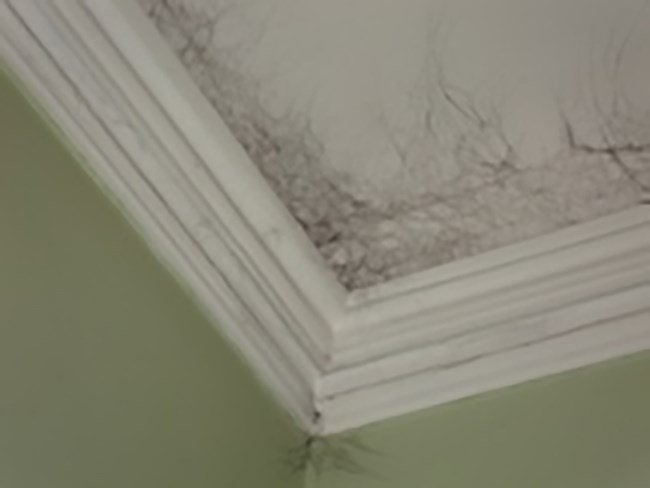
Susan Duhl
Susan Duhl: That’s a very big question and unfortunately this disaster happened in January and they felt it was a greater risk to turn the furnaces back on right away, so of course they had secondary problems without high heat.
Susan Duhl: The curator and the site manager in charge of the property live on the same campus, so they were able to monitor the building.
Susan Duhl: That was probably the longest delay was getting in mechanical engineers who could handle the problem and repair the existing furnace and get the four furnaces up and running. They explored every option including replacement of the furnaces, but the cost was prohibitive.
Susan Duhl: So, during that time, they maintained minimum standards of environmental control, I think monitored the house as best as they could to make sure additional damage didn’t occur. Unfortunately, in one room, condensation occurred and paint peeled. Thankfully, it wasn’t historic paint and no further damage occurred to the contents of the building, just the wall paint.
Start to Finish: One Year
Jason Church: That story at Ringwood Manor ended up being a positive one and the house was able to reopen. How long did it take from start to finish?
Susan Duhl:The project was slightly over a year and I would say this was a very successful project. It would provide an opportunity, I think the curator and the state representatives used this as an opportunity to review policies and procedures. They used the conservators and the staff to do a really good job cleaning and replacing items. The curator was very diligent in identifying unidentified objects and completing her inventory and the house just looks beautiful.
Jason Church: Is there anything else you’d like to add about that particular project or about things they could have done better that being prepared would help with? Anything like that?
Susan Duhl: I would say, in this project, as in all of my salvage projects, teamwork is the most important thing. It’s impossible for one person to know everything and everybody brings their expertise to the table. It’s important that it’s a team effort.
Susan Duhl: In this case, the emergency wasn’t radical, so we had some time to think things through. The other thing I would say about any disaster is, every disaster is different and you can have a lot of training, but you may not be prepared for the specific details, which might be the type of disaster or magnitude of the disaster and it’s almost guaranteed that you’ll never have quite the right supplies on hand.
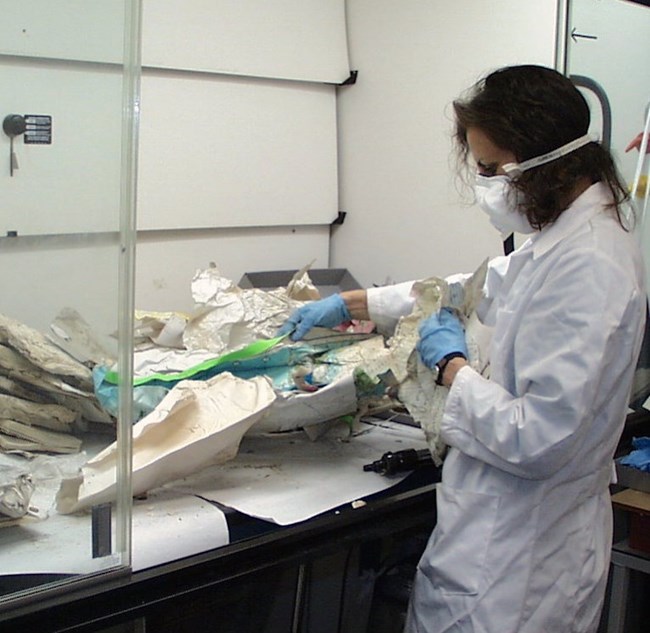
Susan Duhl
Resources for Museums & Institutions
Jason Church: Susan, thanks for talking with us today and I’m glad to hear about the positive turn around when you’re talking about Ringwood Manor and we all don’t want to prepare for disasters and we don’t want to think that they’re going to happen to our institution and you mentioned earlier that training is a really important thing, both for the individual and the institution as a whole. Can you give us any examples of places we should look?
Susan Duhl: There’s a lot of excellent resources available, especially for cultural communities. For basic training, I would start by looking at the Red Cross site and FEMA online, which has classes that are free, as well as credited course work on disaster response.
Susan Duhl: There’s also statewide EMA, and an EMA is Emergency Management Agency, so Pennsylvania is PEMA, Massachusetts is MEMA. They have education programs. There’s also regional organizations like the Alliance for Response. You can look online for that Alliance for Response in your community.
There’s other resources for material that you can read online, most major institutions like the National Archives, Library of Congress and the Getty Institute have excellent online resources.
Susan Duhl: Regional centers like the North East Document Conservation Center have a template disaster assessment and recovery plan, it’s called the D Plan as in disaster plan. You can look at that online for free. Heritage preservation has excellent materials and that’s been recently moved to the American Institute for Conservation website.
Susan Duhl: And finally, there’s excellent webinars on Connecting to Collections Care, which is also part of AIC.
Susan Duhl: Those are video webinars and if you look back on them, there are webinars on prevention, preparedness, salvage and recovery. Last, I guess I would suggest that people look at the American Institute for Conservation collections emergency response team page. There’s more resources listed there as well.
Jason Church: That’s a lot of places. You can complain that we couldn’t find good resources online. That’s quite a list of institutions to go and look at. Thank you very much Susan for talking to us today and I’m sure our listeners would be interested in catching up with you in the future and seeing what other projects you’re working on.
Susan Duhl: Thank you, Jason.
Read other Preservation Technology Podcast articles or Learn more about the National Center for Preservation Technology and Training.
